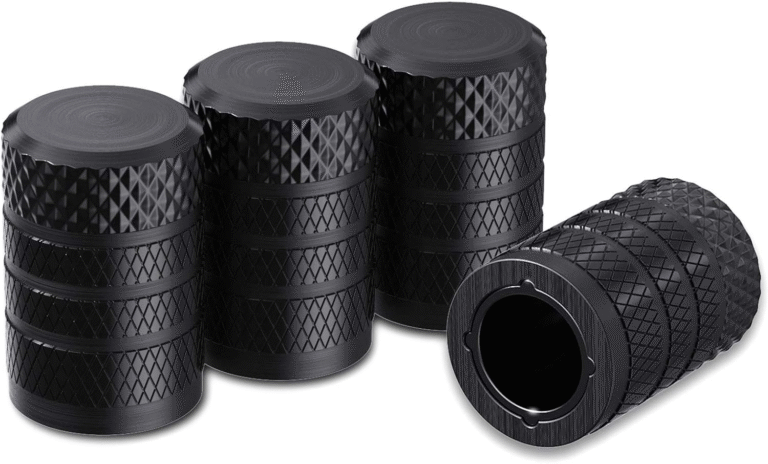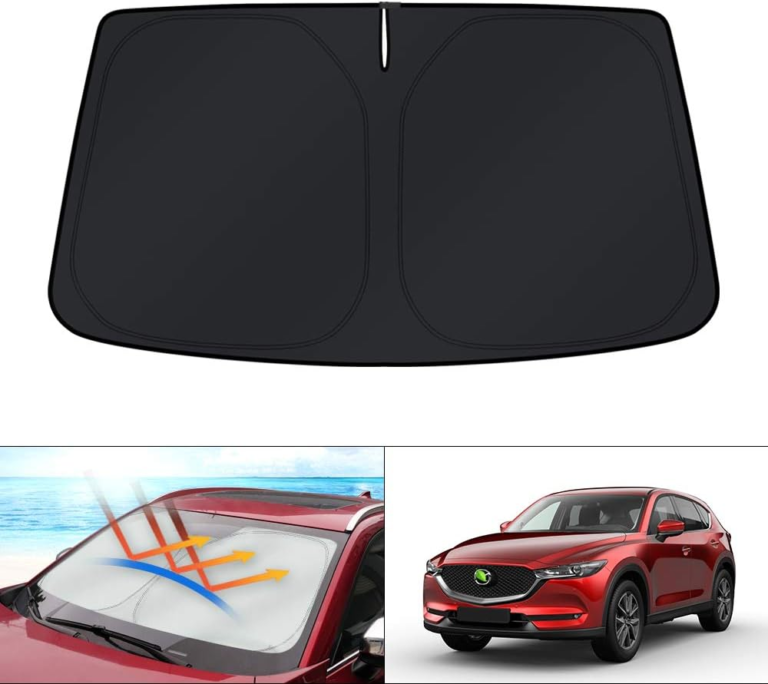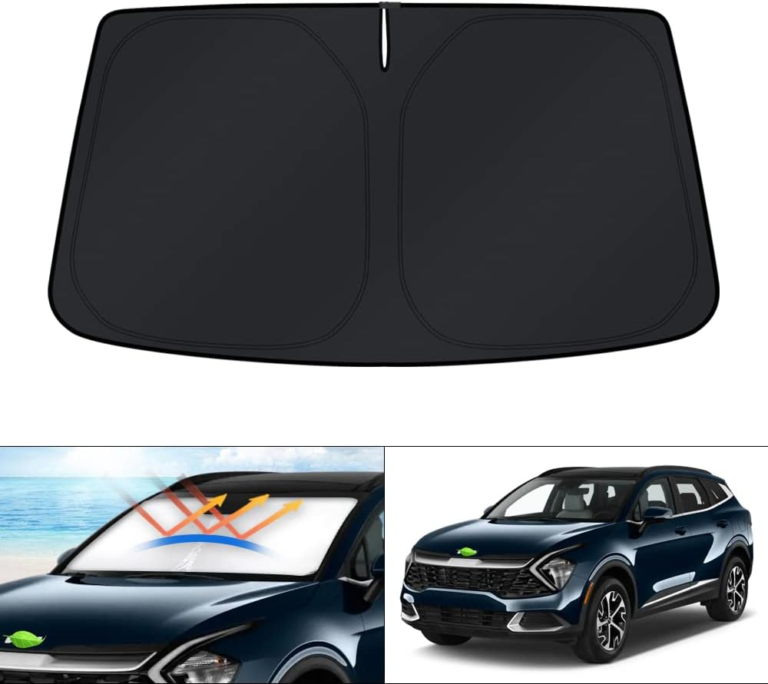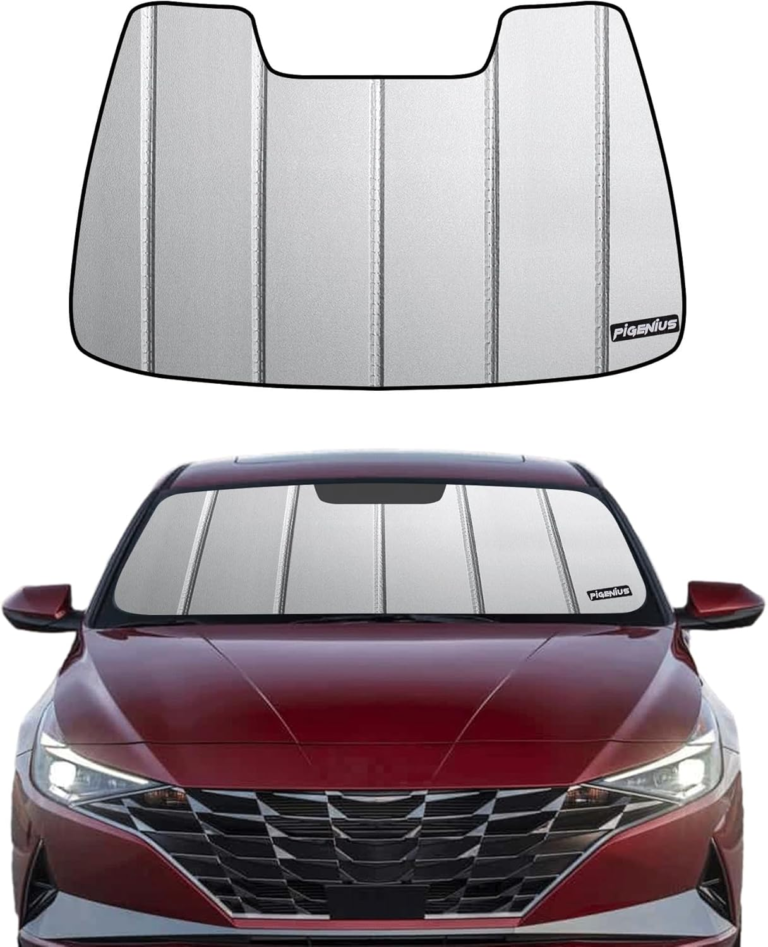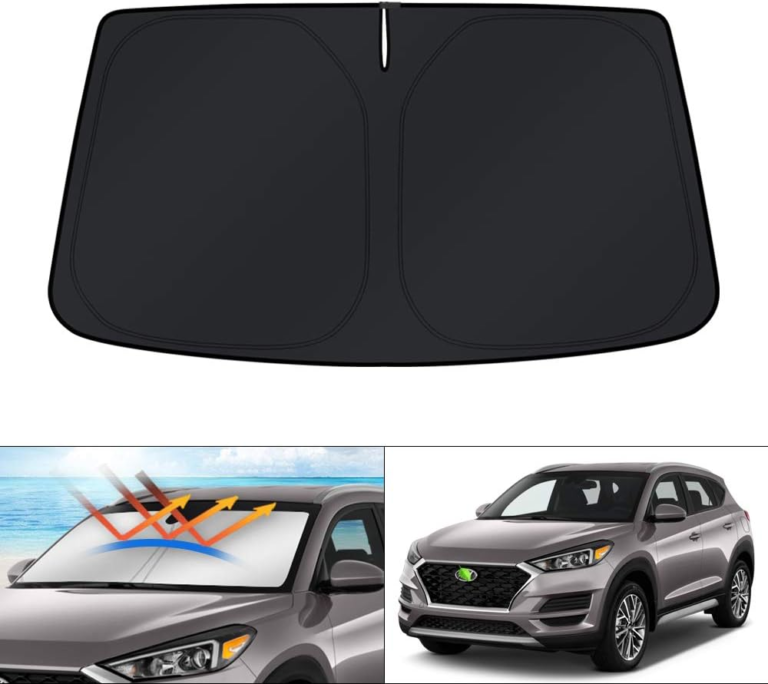When it comes to performance-oriented street bikes in Southeast Asia, two models that frequently dominate the conversation are the Yamaha Sniper 155 and the Suzuki Raider R150. Both motorcycles have their own dedicated following, offering a blend of power, agility, and style. But which one comes out on top when compared head-to-head? Let’s dive into the key differences, performance specs, and features of these two beloved machines.

Yamaha Sniper 155 R
P145,900

Raider R150 Fi
SRP ₱121,900
Specs
Yamaha Sniper 155
- Displacement: 155 cc
- Maximum Power: 17.7 hp
- Fuel Tank Capacity (litres): 5.4 L
- No. Of Cylinder: 1
- Valve Configuration: SOHC
- Compression Ratio10.5:1
- Exhaust Pipes: Single Exhaust
- Injection Type: Fuel Injection
- Clutch Type: Wet, Multi-Plate, Assist & Slipper
- Engine Type: Single-Cylinder, 4-Stroke, 4-Valve, Liquid-Cooled, SOHC Engine
Suzuki Raider 150
- Engine Type: 4-Stroke, 1-Cylinder, DOHC, 4 –Valve
- Bore X Stroke: 62.0 MM X 48.8 MM
- MAX POWER: 13.6 KW / 10,000 RPM
- Max Torque: 13.8 NM / 8,500 RPM
- Engine Displacement: 147.3 CC
- Fuel System: FUEL INJECTED
- Cooling System: LIQUID COOLED
- Starting: Electric & Kick
- Transmission Type: 6 speed multi plate
- Ignition System: Electronic Ignition
- Fuel Consumption: 50 km/L based on WMTC
1. Engine and Performance
Yamaha Sniper 155: The Yamaha Sniper 155 is powered by a 155cc, liquid-cooled, single-cylinder engine. This engine is equipped with Yamaha’s Variable Valve Actuation (VVA) system, which ensures smoother power delivery across the rev range. The VVA system optimizes power at both low and high RPM, providing a good balance between fuel efficiency and performance.
The engine produces approximately 17.7 horsepower at 9,500 RPM and 14.4 Nm of torque at 8,000 RPM. Thanks to its advanced engine technology, the Sniper 155 offers a responsive ride that feels particularly strong in mid-range power, making it ideal for urban commuting and spirited rides on twisty roads.
Suzuki Raider R150: The Suzuki Raider R150, on the other hand, is powered by a 150cc, liquid-cooled, single-cylinder engine. Although slightly smaller in displacement compared to the Sniper 155, it compensates with a higher-revving nature. The Raider R150 generates around 18.9 horsepower at 10,000 RPM and 13.8 Nm of torque at 8,500 RPM.
Despite the smaller engine size, the Raider R150 is known for its high-revving nature and light handling. It performs well in terms of top-end power and acceleration, making it an excellent choice for those who value performance at higher RPMs.
Winner: Yamaha Sniper 155
While the Suzuki Raider R150 offers a slightly higher peak horsepower, the Yamaha Sniper 155 wins on the basis of a more balanced power delivery and greater torque, which can offer a more engaging ride in daily usage.
2. Design and Ergonomics
Yamaha Sniper 155: The Sniper 155 sports a modern and aggressive look, with sharp angles and dynamic body lines that give it a sportbike-like appearance. It features an aerodynamic design that not only contributes to the overall aesthetics but also enhances the bike’s stability at higher speeds. The Sniper 155’s seating position is slightly more upright, making it comfortable for daily commuting and longer rides.
The bike comes with a digital instrument panel that displays essential riding information, including speed, RPM, gear position, fuel consumption, and more. It also has LED headlights for better visibility, which is a major plus when riding at night.
Suzuki Raider R150: The Suzuki Raider R150 has a more compact and aggressive design, leaning toward a street racing aesthetic. Its small, sleek frame and sharp design give it a lightweight appearance, making it look like a race-ready machine. However, its riding position is a bit more leaned forward, which may not be as comfortable for longer commutes, but ideal for performance-oriented riders who enjoy a sportier stance.
The Raider R150 features an analog-digital instrument panel and sports a more traditional halogen headlight. Although functional, it does not have the same high-tech, modern appeal as the Sniper 155.
Winner: Yamaha Sniper 155
The Sniper 155’s design feels more futuristic and ergonomic, with more rider-friendly features, making it the better choice for a blend of aesthetics and comfort.
3. Handling and Suspension
Yamaha Sniper 155: The Sniper 155 is equipped with a telescopic front fork and a monocross rear suspension, giving it excellent handling characteristics. It feels nimble in tight corners, yet stable enough at higher speeds, thanks to its well-tuned suspension setup. The rear suspension, in particular, offers a good balance of comfort and performance.
Suzuki Raider R150: The Raider R150 features a similar suspension setup with a telescopic front fork and a swingarm rear suspension. However, the Suzuki model’s suspension feels more oriented toward a racing experience, providing a firmer ride, which might be more suited for aggressive riders. It is extremely agile and performs well on smooth, fast roads, but may feel a bit stiff on bumpy or uneven terrain.
Winner: Yamaha Sniper 155
While the Raider is definitely agile, the Sniper 155 has a more well-rounded suspension system, making it more comfortable for both everyday use and spirited riding.
4. Technology and Features
Yamaha Sniper 155: The Yamaha Sniper 155 comes equipped with several high-tech features, including:
- VVA Technology: Helps optimize engine performance across a wider range of RPMs.
- Smartphone Connectivity (Yamaha Y-Connect): This allows riders to sync their smartphone with the bike’s system for real-time data like fuel efficiency, engine temperature, and more.
- Full LED Lighting: The Sniper 155 comes with a complete LED lighting system, offering better visibility and modern aesthetics.
- Digital Instrument Cluster: A fully digital display that’s easy to read, even in direct sunlight.
Suzuki Raider R150: The Suzuki Raider R150’s features are more basic by comparison. It does come with a digital-analog combination instrument panel, a solid set of features for basic information. However, it lacks the modern smartphone connectivity and LED lighting of the Sniper 155. That being said, its simplicity and focus on performance can appeal to traditional motorcycle enthusiasts.
Winner: Yamaha Sniper 155
The Sniper 155 takes the lead in terms of modern tech, including VVA technology and smartphone integration, which elevate the riding experience significantly.
5. Price and Value
Yamaha Sniper 155: The Yamaha Sniper 155 is generally priced slightly higher than the Suzuki Raider R150, reflecting its more advanced features and larger engine. However, the premium pricing is justified by the additional tech and comfort features that the bike offers.
Suzuki Raider R150: The Suzuki Raider R150 is often considered more affordable, offering great value for performance at a lower price point. It appeals to riders looking for a more traditional, performance-focused bike without breaking the bank.
Winner: Suzuki Raider R150
For those on a budget, the Raider R150 provides strong value in terms of raw performance for a lower price.
Conclusion
Both the Yamaha Sniper 155 and the Suzuki Raider R150 have their strengths and appeal to different types of riders. The Sniper 155 excels with its advanced engine technology, more comfortable ergonomics, modern design, and tech features. It’s the perfect choice for riders looking for a bike that offers both performance and practicality, especially for daily use.
On the other hand, the Raider R150 is a no-nonsense, performance-oriented motorcycle with a sportier design and a more budget-friendly price tag. It’s an ideal option for riders who value high-revving engines and agile handling over advanced tech features.
Ultimately, the decision comes down to your priorities—whether you’re looking for a well-rounded street bike or a purebred performance machine. Either way, both bikes are excellent choices in their own right.
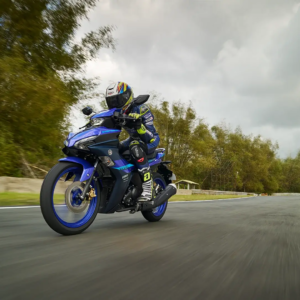
Yamaha Sniper 155: The Ultimate Underbone for Performance and Style
The Yamaha Sniper 155 is a game-changer in the underbone motorcycle segment, blending the best of style, technology, and performance into one sleek package. As an evolution…
